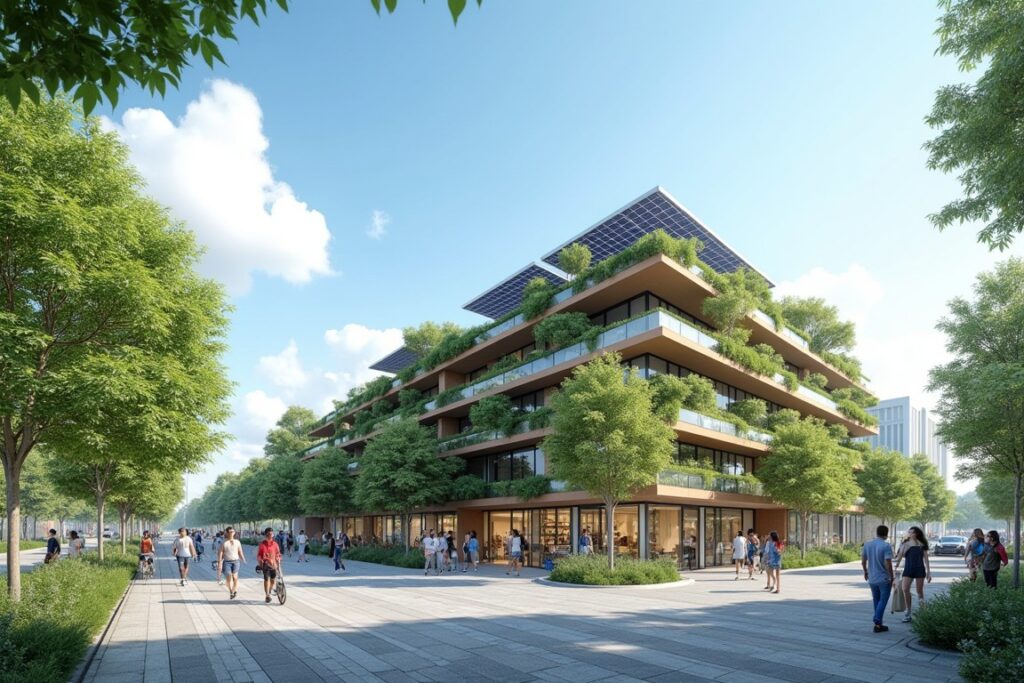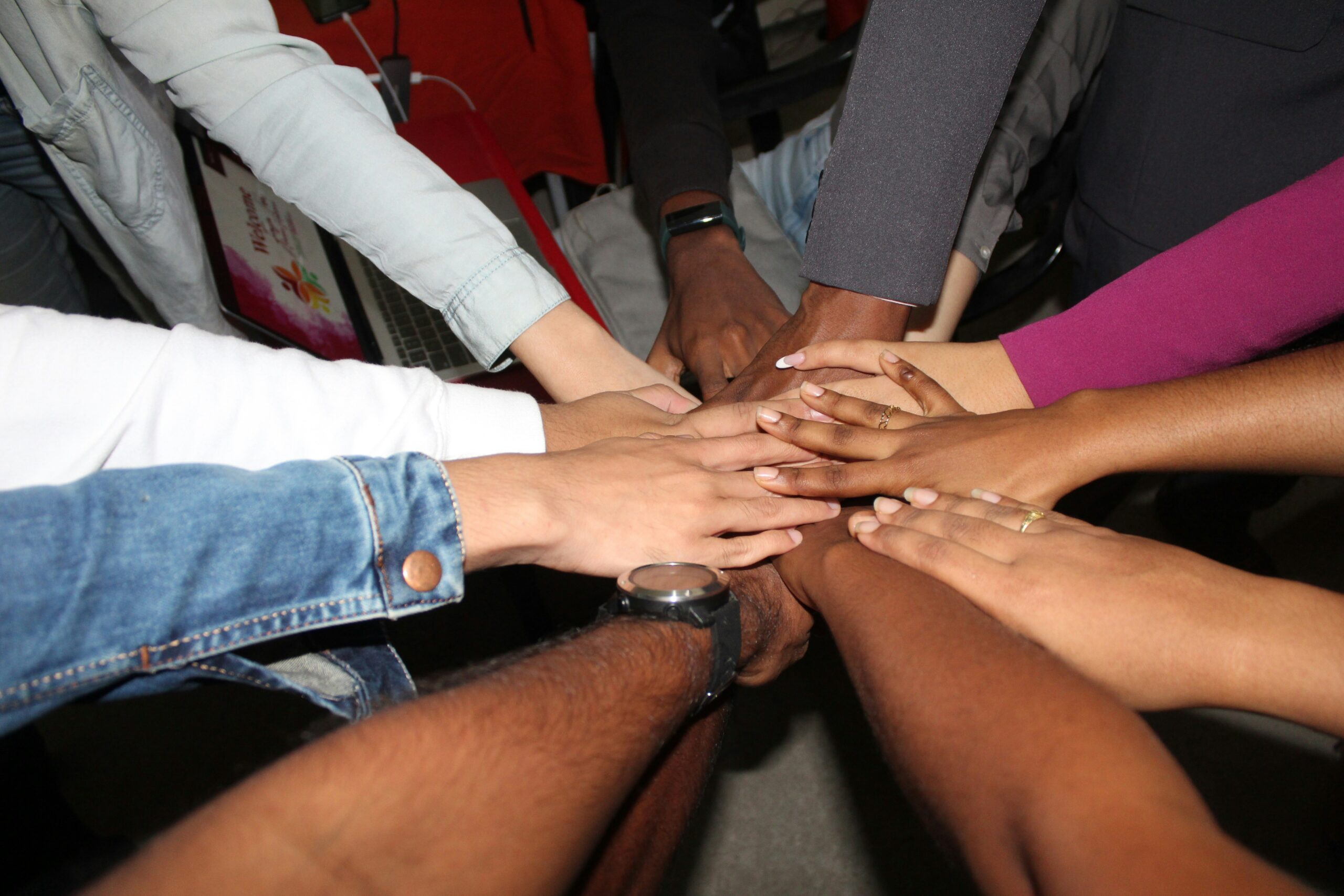Social sustainability isn’t just a buzzword—it’s the heartbeat of a world that works for everyone. Picture this: a society where every person, no matter their background, has access to clean water, education, and a fair shot at success. A few years ago, I volunteered in a remote village where families trekked a full day to reach the nearest clinic—many couldn’t afford it. That hit me hard. Sustainability isn’t just about saving trees; it’s about saving lives. In 2025, with inequality widening and climate crises battering the vulnerable, social sustainability isn’t optional—it’s urgent.
This isn’t your typical eco-lecture. We’re diving deep into what social sustainability means, why it’s critical, and how it connects to your daily choices and global policies. Expect real-world examples, personal stories, and practical steps to spark change. Whether you’re a policymaker, a business owner, or just someone who cares, you’ll find fresh insights and actionable ideas here. Let’s jump in.
What is Social Sustainability?
At its core, social sustainability is about building a society where everyone can thrive—today and tomorrow. It’s the foundation of a world that’s fair, inclusive, and resilient. But what does that look like in real life?
- Equity: Everyone gets access to essentials like education, healthcare, and housing.
- Inclusion: Diverse voices aren’t just heard—they’re valued.
- Resilience: Communities can bounce back from shocks, whether economic crashes or natural disasters.
Why should you care? The World Bank reports over 700 million people still live in extreme poverty, and inequality is climbing. Social sustainability isn’t just a feel-good goal—it’s a survival strategy. Without it, we’re staring down fractured societies, unrest, and a planet that can’t sustain us all.
The Pillars of Social Sustainability

Social sustainability stands on three interconnected pillars: economic, environmental, and cultural. Each one is vital to a lasting, thriving world.
1. Economic Sustainability
- What It Is: Economies that offer fair wages, job security, and opportunities for everyone.
- Why It Matters: When people can’t make ends meet, society unravels. The International Labour Organization says 1.6 billion workers are in vulnerable jobs—think gig work with no safety net.
- Example: Denmark’s robust social safety nets and worker protections keep its poverty rate among the world’s lowest.
2. Environmental Sustainability
- What It Is: Protecting nature so future generations inherit a livable planet.
- Why It Matters: Climate change slams the poorest the hardest. The UN predicts that by 2030, climate disasters could push 100 million more people into poverty.
- Example: Costa Rica’s reforestation has restored ecosystems while creating jobs through eco-tourism.
3. Cultural Sustainability
- What It Is: Preserving heritage and celebrating diversity.
- Why It Matters: Culture binds us. Lose it, and communities crumble.
- Example: New Zealand weaves Māori traditions into governance, boosting social cohesion and pride.
These pillars don’t stand alone—they overlap. A strong economy needs a healthy environment, and cultural respect fuels harmony. Curious about sustainable living? Check out our zero waste guide.
| Pillar | Key Focus | Global Example |
|---|---|---|
| Economic | Fair wages, opportunity | Denmark’s social safety net |
| Environmental | Resource protection | Costa Rica’s reforestation |
| Cultural | Heritage, diversity | New Zealand’s Māori integration |
Why Social Sustainability Matters in 2025

In 2025, social sustainability is a must, not a maybe. Here’s why it’s hitting critical mass.
1. Inequality is Skyrocketing
- The richest 1% own 45% of global wealth, per Oxfam. This gap breeds instability.
2. Climate Change Targets the Vulnerable
- Floods, droughts, and heatwaves hit low-income communities hardest. Social sustainability builds buffers.
3. Mental Health is Crumbling
- Depression is a top disability cause, says the WHO. Inclusive societies can lighten the load.
4. Globalization Needs Fairness
- Global supply chains demand ethical labor. Exploitation isn’t sustainable.
It’s not all doom. That village I visited? A solar-powered clinic now serves hundreds, thanks to a grassroots push. Small wins prove big change is possible.
Challenges to Social Sustainability
Creating a socially sustainable world is no walk in the park. Here’s what’s standing in the way.
1. Short-Term Thinking
- Leaders chase quick wins over lasting impact. Social sustainability takes time.
2. Resource Inequality
- Education, healthcare, and tech access vary wildly. Closing these gaps is a beast.
3. Cultural Pushback
- Change can scare people. Tradition sometimes fights progress.
4. Funding Shortfalls
- Social programs need cash. In 2023, global aid for social protection was just 0.3% of GDP, per the UN.
But it’s not hopeless. Finland’s education overhaul and Bhutan’s happiness index show ingenuity can beat inertia.
How to Champion Social Sustainability
Want to make a dent? Here’s how you—yes, you—can push social sustainability forward.
1. Back Fair Trade and Ethical Brands
- Why: Your wallet votes. Companies like Patagonia prove profit and ethics can coexist.
- Action: Look for Fair Trade or B Corp labels.
2. Push for Inclusive Policies
- Why: Laws shape lives. Universal healthcare lifts millions from poverty.
- Action: Vote, petition, or join advocacy groups.
3. Build Community Ties
- Why: Strong bonds breed resilience. The Harvard Study ties well-being to social connections.
- Action: Volunteer or start a garden—see our green garden guide.
4. Educate and Empower
- Why: Knowledge fights inequality.
- Action: Mentor or support literacy programs.
5. Shrink Your Environmental Footprint
- Why: Pollution and depletion hit the marginalized first.
- Action: Cut waste and explore our eco-home guide.
![Infographic: 5 Ways to Boost Social Sustainability – Fair trade shopping, advocacy, community building, education, eco-living.]
Fresh Takes: Social Sustainability Where You Least Expect It
Social sustainability isn’t just for suits—it’s everywhere. In 2025, I’m spotting it in cool, unexpected places:
- Tech for Good: Be My Eyes links blind users with sighted helpers—pure inclusion.
- Circular Fashion: Eileen Fisher takes back old clothes, cutting waste and supporting workers.
- Urban Farming: Singapore’s rooftop gardens fight food insecurity with fresh produce and jobs.
Here’s my twist: I kicked off a book swap in my building. Free reads, shared stories, tighter bonds. It’s tiny, but it’s social sustainability in action.
Conclusion
Social sustainability is the glue for our future. It’s about equity, resilience, and a world where everyone gets a seat. From fair trade to community ties, every step counts. That village clinic I saw wasn’t just a building—it was hope, showing that investing in people pays off.
What’s your next move? Drop your thoughts below or dive deeper with our sustainable house materials guide. Let’s craft a world that works for all.
FAQ
What’s the difference between social and environmental sustainability?
Social sustainability centers on people—equity, inclusion, well-being. Environmental sustainability protects nature. They’re linked: a sick planet hurts people first.
How can businesses boost social sustainability?
Fair wages, ethical sourcing, and diverse hiring. Tools like the B Impact Assessment track progress.
Is social sustainability costly?
Not always. Community gardens are cheap and effective. Long-term, it saves by cutting inequality’s costs.
Can one person make a difference?
Yes! Volunteering or choosing ethical brands creates ripples. Every action matters

